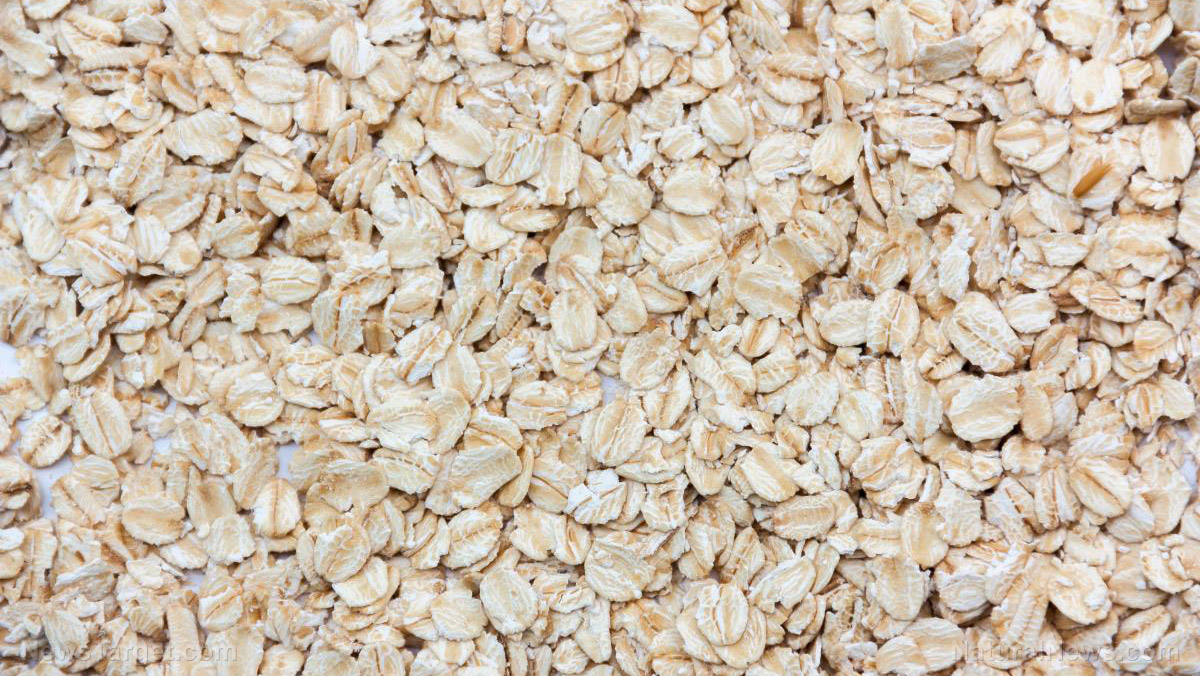
Oat futures soar the past three months
Because of the severe dry weather in oat-growing regions, oat futures are now more than twice as expensive as they were this time last year and the year before. Much of the rise came in the past three months as farmers harvested oats that were sown earlier in 2021. Normally, prices fall at this time of the year as a new crop hits the market. But with high prices for competing crops such as wheat and corn, U.S. farmers were prompted to plant roughly 13 percent less acreage with oats. With the reduction in acreage and the dry record, the USDA expects the smallest oat crop on record. The drought has slashed the number of oat bushels grown per acre, with some crops failing to produce in some places. Farmers were forced to abandon oats or cut it as feed for livestock. Similar conditions also reduced yields in parts of North America's main oat-growing region, which stretches from Alberta to Saskatchewan in Canada, as well as Wisconsin and Iowa in the United States. The surge in oat prices is only the latest price hike in agricultural commodities. The supply chain bottlenecks, rising demand and severe weather have pushed up prices for other raw materials as well, raising investors' worries about inflation. The growth in oat production coincides with the consumers' growing acceptance of plant-based milk products, with oats sales jumping from 0 percent to 14 percent between 2018 and 2020. Analysts at JPMorgan Chase & Co. said: "Two decades ago, soy varieties were dominant, then almonds took over and now oats are having their day." Read more about the surge in prices of food and other commodities at FoodSupply.news. Sources include: AGWeb.com WIProud.com WSJ.comAmericans are losing recent wage gains due to inflation surge
By Cassie B. // Share
Beef prices surge 20% due to inflation and endless money printing
By Arsenio Toledo // Share
Higher food costs pose a huge challenge for food banks this Thanksgiving
By Mary Villareal // Share
Americans face brutally cold, bitterly expensive winter as natural gas prices continue to rise
By Mary Villareal // Share
Gas prices in San Francisco Bay Area reach $5 per gallon amid shutdown of oil refineries
By Ramon Tomey // Share
Report: Israel to pay for clearing vast amounts of rubble in Gaza after U.S. pressure
By patricklewis // Share
1,000 Evangelical pastors commissioned as pro-Israel ambassadors in Israeli-funded summit
By kevinhughes // Share
Venezuela accuses U.S. of "piracy" after seizure of oil tanker in disputed sanctions enforcement
By bellecarter // Share
DHS announces immigration milestone under Trump admin: 2.5 million illegals DEPORTED
By ramontomeydw // Share
A significant national problem exposed: Gold bar scam targets elderly victims
By ramontomeydw // Share











